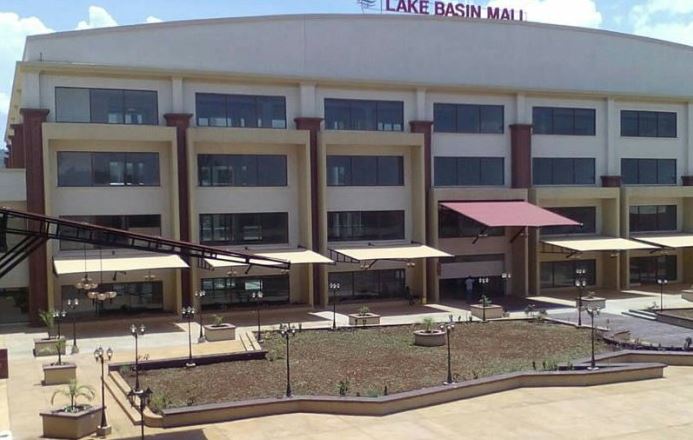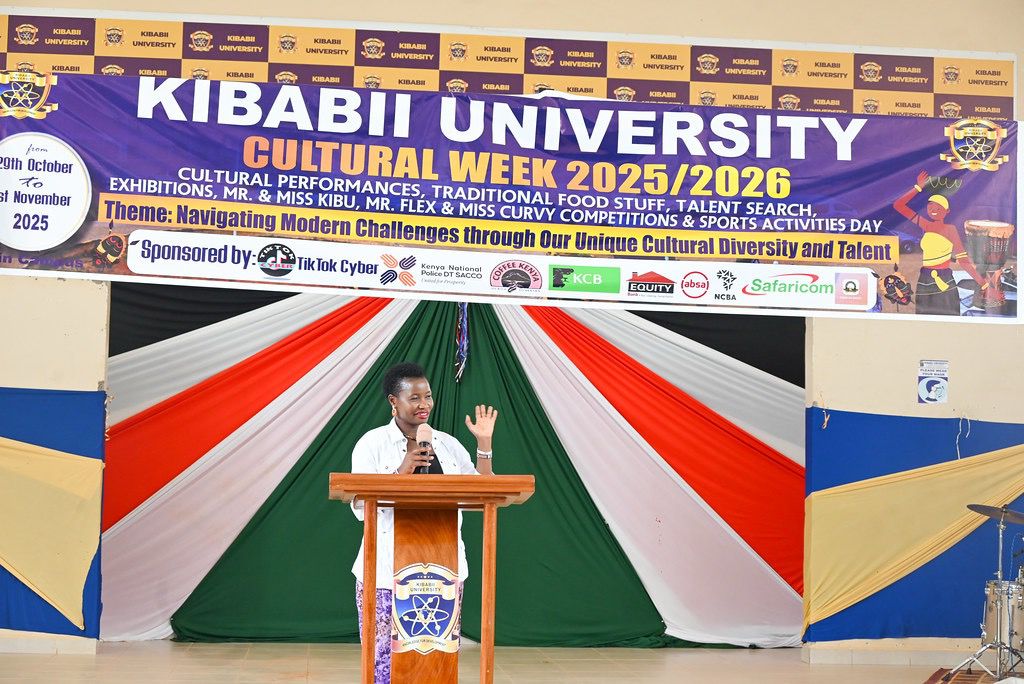Kisumu is positioning itself at the heart of Kenya’s tourism renaissance, setting the tone for a new era of collaboration, sustainability and regional integration.
This came out strongly during the National Tourism Strategy Forum for the Nyanza Cluster, hosted in Kisumu and bringing together stakeholders from Kisumu, Siaya, Homa Bay, Migori, Kisii and Nyamira counties.
The event, mandated by the State Department for Tourism through a letter dated 24th October 2025 (Ref: MT/NTS/06/24), marked a significant milestone in shaping the blueprint for the country’s tourism sector over the next decade.
Speaking during the forum, CEC for Tourism, Trade and Enterprise Development, Farida Salim, underscored Kisumu’s commitment to driving a people-centered, environmentally conscious tourism model.
She noted that the county is fully aligned with the national vision of creating a vibrant, inclusive and sustainable tourism sector that leverages Kenya’s cultural, natural and historical strengths.
“Tourism remains one of Kenya’s most vital sector, not just for economic growth, but also for cultural preservation, environmental sustainability and community empowerment,” said Salim.
“As Kisumu County, we are fully committed to ensuring that tourism in this region and across the country thrives, grows sustainably and benefits our people equitably,” she emphasized.
Salim highlighted Kisumu’s growing profile as the Western Tourism Gateway of Kenya, with vast potential in eco-tourism, agro-tourism, cultural tourism and the rapidly expanding conference tourism segment. From the serene shores of Lake Victoria to the deep-rooted heritage trails that link Kisumu to the greater Western Kenya circuit, the county seeks to diversify its tourism offerings while fostering regional partnerships.
“The future of tourism lies not just in destinations, but in collaboration,” she noted. “We must strengthen partnerships between counties, between government and the private sector and between our people and policymakers.”
The forum, attended by policymakers, investors, tourism professionals and community representatives, served as a key consultative platform for collecting stakeholder input toward the National Tourism Strategy (2025–2035).
Salim emphasized that the exercise was not a bureaucratic formality but a vital national conversation meant to reflect local aspirations and ground realities.
“Today’s forum is not merely a formality; it is a conversation that will shape national direction. Your voices, experiences and perspectives matter deeply,” she urged participants.
In reaffirming Kisumu’s role as a leading regional hub, the CEC expressed optimism about the Nyanza cluster’s collective potential, saying the counties must “speak with one voice” to harness shared assets and opportunities.
“As Kisumu County, we reaffirm our commitment to working closely with the State Department for Tourism and our neighboring counties to promote a unified regional tourism agenda that is inclusive, innovative and sustainable,” she said.
Salim concluded by welcoming all participants to the lakeside city, delivering the message on behalf of Governor Prof. Peter Anyang’ Nyong’o, whose administration has championed tourism and trade as key drivers of the local economy.
“With great hope for the future of tourism in Kenya and with immense pride in the potential of our Nyanza region, it is now my distinct honour and privilege to officially welcome you all to Kisumu as we convene for this important National Tourism Strategy Forum for our great nation, Kenya,” she said.
Kisumu’s hosting of the Nyanza cluster forum is more than ceremonial, it signals a renewed sense of regional leadership and strategic foresight.
For a region historically defined by its cultural depth, ecological beauty and resilience, this engagement could well be the catalyst that transforms the western tourism circuit into a model of sustainable, community-driven growth.
With voices like Farida Salim’s steering the discourse and with structured collaboration between counties, Nyanza’s tourism future appears not only promising but also inevitable.










